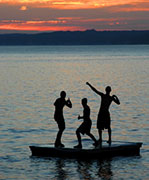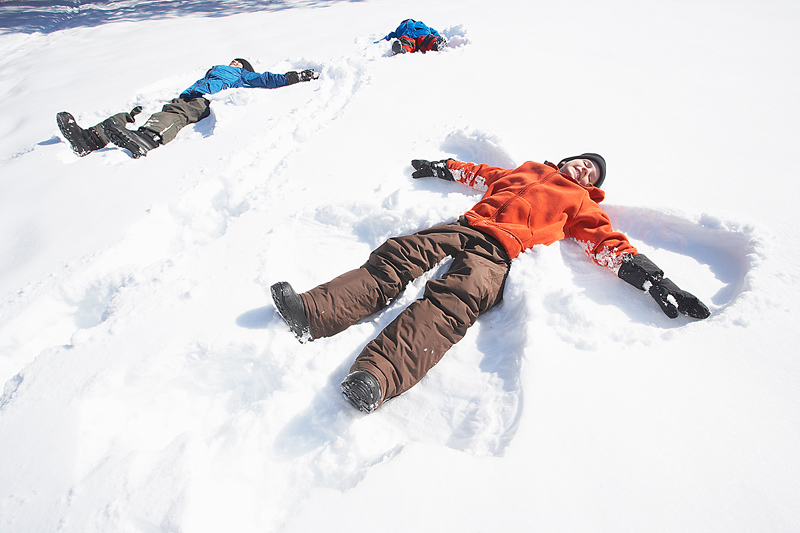
THURSDAY, Aug. 22 (HealthDay News) — Miltefosine, a potentially life-saving experimental drug to treat people infected with a rare but deadly brain-eating amoeba, is now available to U.S. doctors directly from the U.S. Centers for Disease Control and Prevention, the agency announced Thursday.
The infection has made headlines recently with cases involving two U.S. children who contracted the amoebic infection while swimming or playing in freshwater.
Both have survived a highly fatal condition called primary amoebic meningoencephalitis (PAM), which stems from infection with the Naegleria fowleri amoeba. Even though they have survived, both children remain very ill.
In a Facebook posting on Wednesday, the family of a stricken Florida 12-year-old, Zachary Reyna, said that antibiotic treatment has beaten the infection, with tests showing no activity from the amoeba. However, the family Facebook posting added, “we know the battle is not over. Extensive damage was done to his brain and we need to pray for any form of activity to come from his brain,” the Associated Press reported.
In Arkansas, a 12-year-old girl developed PAM after contracting the amoeba while swimming at a water park in Little Rock. However, in a family Facebook page posting, the family of Kali Hardig said the girl is showing signs of recovery. On Monday, the Facebook page mentioned that Kali said “Hi Mama” to her mother Traci Hardig, ABC News reported.
According to the CDC, only two other people in North America are known to have survived this infection.
In a statement released Thursday in the agency’s Morbidity and Mortality Weekly Report, the CDC said that miltefosine has shown promise against Naegleria fowleri and other free-living amoebae.
However, because miltefosine is an experimental drug, its availability was limited. The CDC has now implemented an expanded access investigational new drug protocol with the U.S. Food and Drug Administration to make miltefosine available directly from the CDC.
Doctors who believe they have a patient with an infection caused by a so-called “free-living amoeba” who could benefit from treatment with miltefosine should contact the CDC to consult with an expert in these cases.
N. fowleri enters the body through the nose and travels to the brain, and the infection typically occurs in people who have been swimming in warm freshwater.
In the case of Reyna, it is thought that he contracted the amoeba while knee-boarding in a ditch of standing water. The park in which Hardig is thought to have gotten infected has since been closed, ABC News said.
Cases of N. fowleri infection are extremely rare. Between 2001 and 2010, there were 32 reported cases in the United States, according to the CDC. Most of the cases occurred in the Southeast.
More information
The U.S. Centers for Disease Control and Prevention has more about Naegleria fowleri.
Copyright © 2026 HealthDay. All rights reserved.

